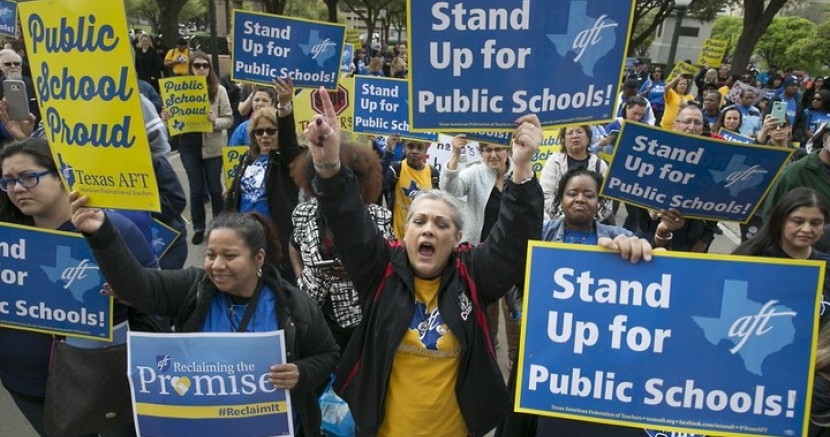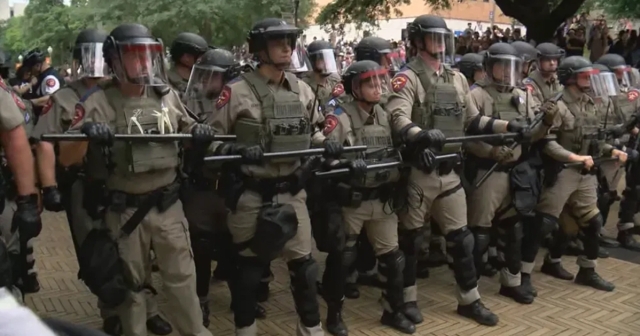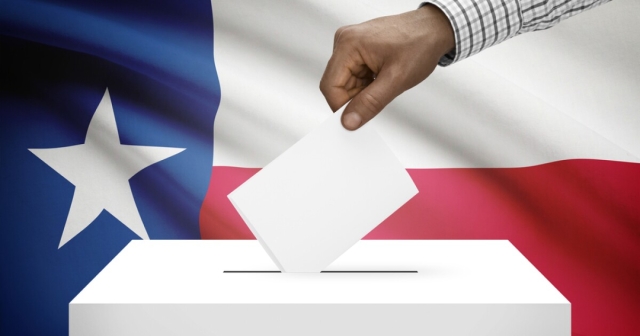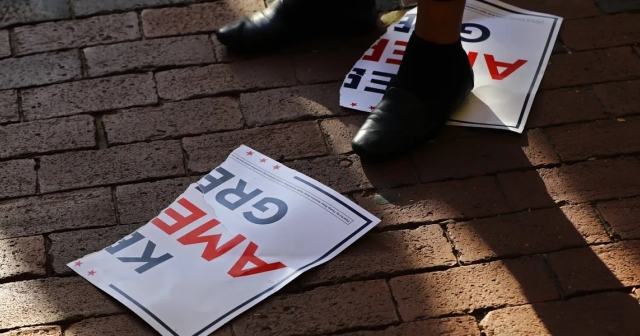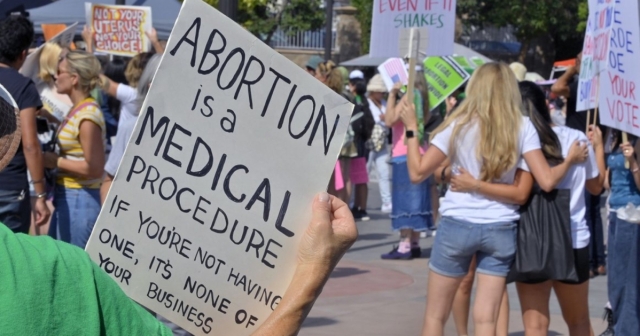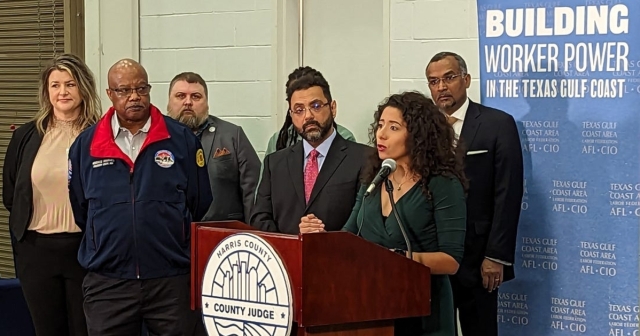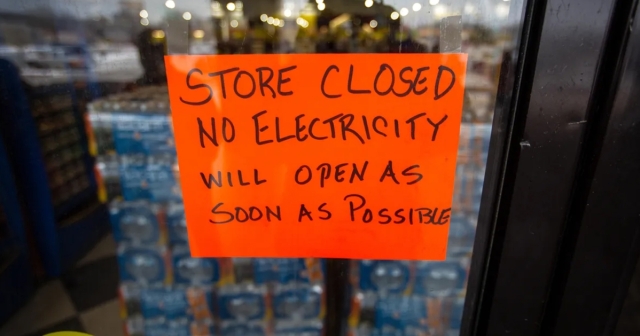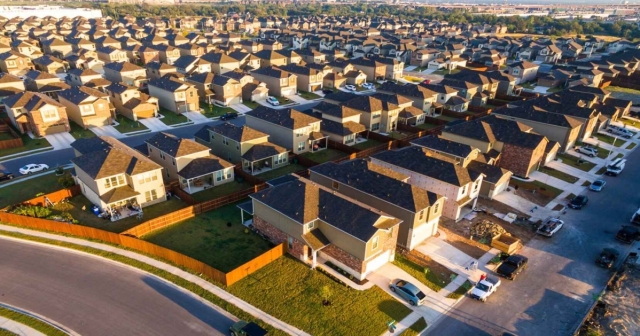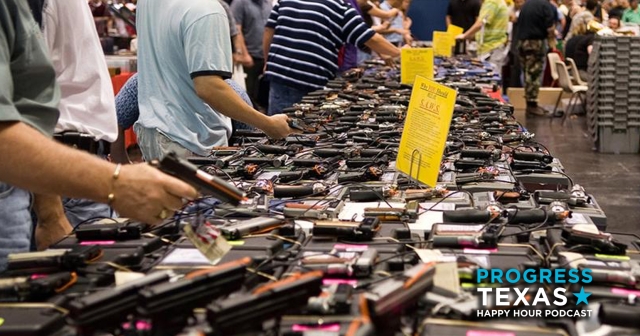Last week, the Texas Senate approved Senate Bill 2, an widely unpopular measure Governor Greg Abbott put on the special legislative session agenda which creates a private school voucher program for special education students. The voucher scheme passed by Lt. Gov. Dan Patrick and Senate Republicans would create incentives for disabled students to go to private schools instead of public schools and divert much-needed funding from public schools into private schools.
To be clear: vouchers are bad for all public school students, but they’re a particularly bad idea for disabled students who are protected under the Federal Individuals With Disabilities Education Act (IDEA). Private schools do not guarantee the same rights and protections as public schools. There is also little evidence to support the idea that private schools provide a better education or accommodations to disabled students than public schools.
So instead of wasting $75 million each fiscal year on vouchers, here are some real ways we can help disabled students:
1. Create educational programs for teachers, students, parents to learn about student's rights under IDEA
IDEA isn't perfect, but it has dramatically improved the quality of life for thousands of disabled students. The problem with IDEA isn't its limited protections but instead its inaccessibility — it's hard to demand rights you don’t even know you had. Currently, the burden is on the parents to educate themselves and challenge schools when they do not provide the required accommodations.
As the Houston Chronicle broke last year, state officials left tens of thousands of disabled students out of these special education services and accommodations. We should invest money in educating teachers, students, parents, and administrators about student's rights under IDEA and the process to demand the services they are owed.
2. Invest money where the students already are: public schools
We should increase funding and services provided through the public schools, which are already severely unfunded in Texas. By investing in disabled students, accessibility, and special education programs — like building wheelchair ramps and training teachers in special education — we can help our public schools be more accessible to future generations of disabled Texans.
As Steven Kling pointed out in his recent article for the Texas Tribune, “there only are 51 private special education schools in the state, exactly zero of which exist outside of major cities.”
Legislation like House Joint Resolution 27 by State Rep. Donna Howard (D- Austin) could solve the funding problem in our public schools. The resolution would’ve require the state to pay at least 50% of the cost of operating public schools, providing much needed school finance reform.
3. Test earlier and subsidize any testing
The number of students that qualify for special education has decreased from 10.8% in 2006 to 8.9% in 2017, but experts agree this isn’t because there are now less special education kids in Texas but instead a lack of testing. By the time current Texas public schools can detect and diagnosis students with disabilities, such as dyslexia, kids may already be behind.
By prioritizing early diagnosis and testing and investing in testing subsidies, we can get all special needs kids the accommodations they need to succeed. Currently, some accommodations require proof of disability as determined by expensive tests that many Texas families can't afford.
No one solution will solve Texas' problem with special needs education, but as a disabled Texas student, I can speak from personal experience that vouchers are not the answer.
DONATE
Your donation supports our media and helps us keep it free of ads and paywalls.

